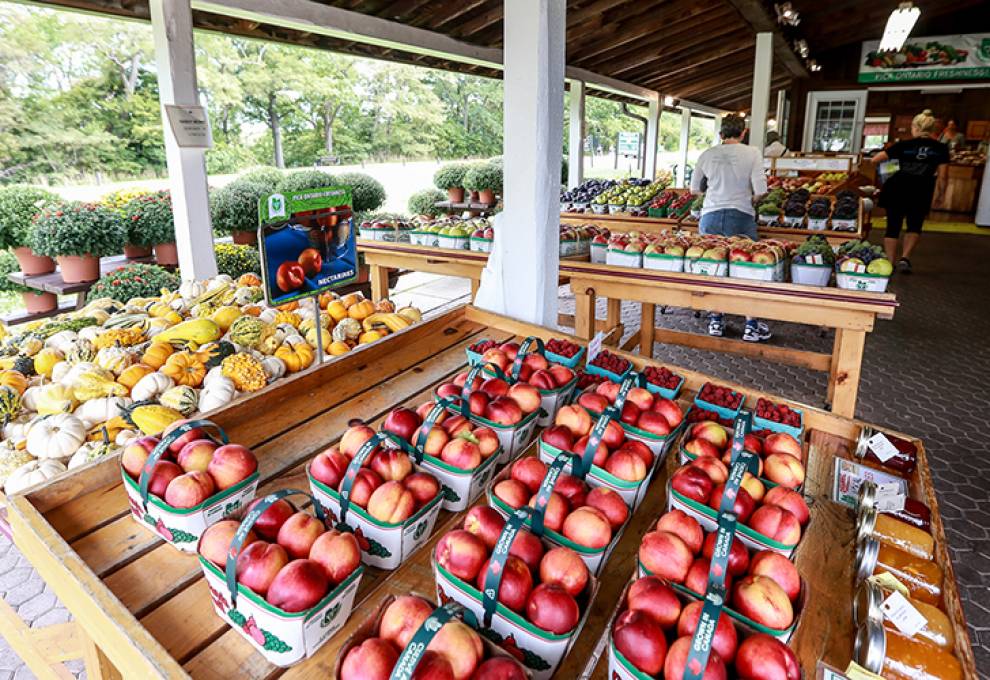
While trying to make sense of the new trade agreement with the U.S. (and Mexico), a tweet from @greenMREEN aimed at Canadians farmers hit me between the eyes:
Canadians won’t buy from you because they feel sorry for you, they’ll buy from you because your products are better than imports.
Given the timing, she meant it mainly as a message to supply-managed farmers. But her warning echoes across the industry, and it reveals what I suspect a lot of consumers think – that is, supply management is part of our culture, but that in itself is not driving their purchasing decisions.
The new trade deal requires thinking beyond the dollar sign. In some circles, that’s tough to do, given trade is so important to Canada, and that its future has been shaky since negotiations began.
Proponents say now there’s some clarity and, hopefully, stability in agricultural trade, so let’s get on with it.
Certainly in horticulture, the fewer encumbrances to global trade, the better. And I believe consumers see it that way too. They want access to homegrown produce when they can get it. But when they can’t for seasonal reasons, they still want grocery stores to stock the assortment of fruits and vegetables they’re accustomed to.
But the new trade agreement, and the highly charged reaction to it by the supply managed sector, is not wholly about money. In large part, it’s about a culture change. And for many, that’s a tough pill to swallow.
Supply management is entrenched in Canadian farming. Few beyond Canada’s borders like it, even though they quietly envy it. And as farmers in non-supply managed countries such as the U.S. flounder in over production and low prices, they simultaneously look to Canada as a potential market to dump their oversupply. Most lately, those interests have convinced U.S. president Donald Trump that being able to export to Canada would help make America great again. It won’t -- the three-ish per cent of the dairy sector that the new trade agreement gives to the U.S. will barely make a dent in their oversupply. Still, to them, it’s a sign of hope.
But on our side of the border, to supply-managed producers, it’s a sign of despair, the first step of a slippery slope. A foreign country has succeeded in starting to chip away at changing Canadians’ farming culture, at how Canadians produce, manage and market some of their own food.
So now what?
Well, the trade deal won’t be rescinded because supply-managed farmers are unhappy. So, these farmers need to step on the gas and convince consumers their dairy, eggs and poultry are better than imports.
I suspect they’ll take a page from the fruit and vegetable sector and trumpet their virtues: fresh, safe, grown to the highest standards. And -- back to @greenMREEN’s point -- not just local, but better than imports.
To that end, a consumer campaign has been launched to drum up support for Canadian dairy, asking that processors clearly identify Canadian milk content and that retailers stock such products.
That’s a first step. Now, answer the question – why is it better, and why should Canadians pay more for it?
The way we produce food is part of our culture. Supply managed farmers are a big part of it. But at the check-out counter, Canadians will be asking the same question about supply-managed commodities that they do of everything else: is it worth it?
Producers of all commodities must be able to say yes with substance, not platitudes. And they can – Canadian production lines up favourably with what many consumers want. Now, on to the challenge of keeping those Canadians informed, a challenge that will only intensify as trade opens up more and imports increase.

Add new comment